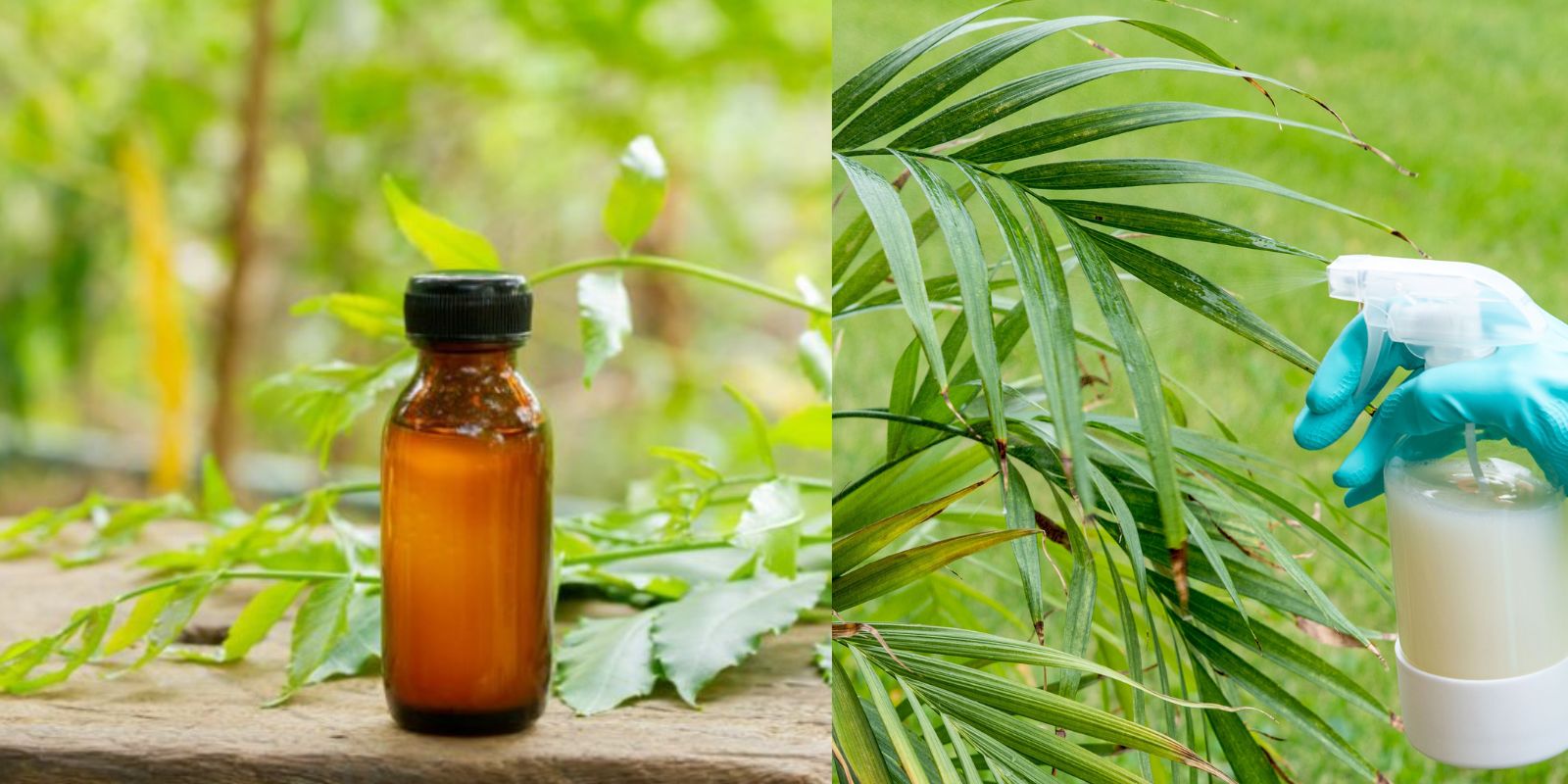Introduction
As gardeners increasingly seek eco-friendly solutions, neem oil has emerged as a popular choice for natural pest control. Derived from the seeds of the neem tree (Azadirachta indica), this versatile oil offers an effective and sustainable way to manage garden pests. Neem oil not only helps protect plants from harmful insects but also promotes overall garden health. In this comprehensive guide, we’ll explore how to use neem oil for pest control, covering preparation, application, and the benefits it brings to your garden.
Understanding Neem Oil
What is Neem Oil?
Neem oil is an organic extract from the seeds of the neem tree, native to India and other parts of Southeast Asia. Known for its diverse applications, neem oil contains compounds such as azadirachtin, which disrupts the lifecycle of pests, and various fatty acids that help with plant health.
Benefits of Neem Oil:
- Natural and Organic: Neem oil is biodegradable and safe for beneficial insects like bees and ladybugs.
- Versatile: Effective against a wide range of pests, including aphids, whiteflies, spider mites, and more.
- Plant Health: In addition to pest control, neem oil can help prevent fungal infections and promote overall plant vigor.
Preparing Neem Oil for Use
Choosing the Right Neem Oil:
- Pure Neem Oil vs. Neem Oil Concentrate: Pure neem oil is typically more effective, but neem oil concentrates are more convenient and often come with application instructions.
- Organic Certification: Opt for products that are certified organic to ensure they meet high environmental standards.
Preparation Steps:
- Read the Label: Follow the manufacturer’s instructions for the correct mixing ratios. Neem oil is usually mixed with water and an emulsifier like liquid soap.
- Mixing the Solution:
- Ingredients Needed: Neem oil, water, and mild liquid soap.
- Mixing Ratio: Generally, use 1-2 tablespoons of neem oil per gallon of water, and add a few drops of soap to help the oil mix with the water.
How to Mix:
- Combine Ingredients: In a spray bottle or garden sprayer, mix the neem oil and water. Add the liquid soap and shake well.
- Ensure Proper Emulsification: The soap helps the oil blend with water, preventing separation.
Test First:
- Spot Test: Apply a small amount of the mixture to a few leaves and wait 24 hours to check for any adverse reactions.
- Adjust if Necessary: If there’s no damage, you can proceed with full-scale application.
Applying Neem Oil to Your Plants
Application Timing:
- Optimal Times: Apply neem oil during early morning or late evening to avoid direct sunlight, which can reduce the effectiveness of the oil and potentially harm plants.
- Frequency: Reapply every 7-14 days or after heavy rain, depending on the level of pest infestation.
How to Apply:
- Spraying:
- Equipment Needed: Use a spray bottle for small plants or a garden sprayer for larger areas.
- Coverage: Thoroughly coat all affected parts of the plant, including the undersides of leaves where pests often hide.
- Avoiding Overuse:
- Amount: Do not over-saturate the plants. A light, even coating is usually sufficient.
Post-Application Care:
- Check for Results: Monitor plants for signs of improvement or any new pest activity.
- Adjust Treatment: If necessary, adjust the concentration or frequency based on observed results.
Benefits of Using Neem Oil
Effective Pest Management:
- Disrupts Lifecycle: Azadirachtin in neem oil interferes with pests’ feeding and reproductive cycles, helping to reduce their population.
- Prevents New Infestations: Neem oil can deter pests from laying eggs on treated plants.
Plant Health Improvement:
- Fungal Control: Neem oil helps manage fungal diseases like powdery mildew and rust.
- Boosts Plant Vigor: Regular use can promote overall plant health and resilience.
Environmental Impact:
- Eco-Friendly: Neem oil is a natural, biodegradable product that doesn’t harm the environment.
- Safe for Beneficial Insects: Unlike synthetic pesticides, neem oil is less harmful to beneficial insects and pollinators.
Troubleshooting and Tips
Common Issues:
- Oil Burn: Avoid applying neem oil during the hottest part of the day to prevent leaf burn.
- Pest Resistance: Overuse can lead to pests developing resistance. Rotate with other pest management strategies if needed.
Additional Tips:
- Storage: Store neem oil in a cool, dark place to maintain its potency.
- Combine with Other Methods: Integrate neem oil with other natural pest control methods for a more comprehensive approach.
Conclusion
Neem oil offers a powerful, natural alternative to chemical pesticides, making it an excellent choice for gardeners looking to manage pests sustainably. By preparing and applying neem oil correctly, you can protect your plants from a variety of pests while also supporting overall garden health. Embrace neem oil as part of your pest management strategy and enjoy a thriving, eco-friendly garden.
Call to Action:
Ready to take your garden to the next level with natural pest control? Start using neem oil today and experience the benefits of an eco-friendly approach to gardening! 🌿🪲✨

